Content
Free Mental Health Assessment
Doxepin: Uses, Dosage, Side Effects and More

Reviewed by Daniel Z. Lieberman, MD
Written by Lauren Panoff, MPH, RD
Published 07/11/2022
Updated 08/24/2024
If you’ve been diagnosed with depression, anxiety, insomnia, or chronic pain, you may have heard about a tricyclic antidepressant called doxepin.
However, it probably wasn’t the first antidepressant you were offered. Tricyclic antidepressants (TCAs) are effective medications, but they’re not a first-line treatment anymore. That’s because they come with a higher risk of severe side effects and interactions than newer options.
So when is doxepin considered the best option, and what are its potential side effects? We’re answering these questions and more.
Content
What Is Doxepin?
Doxepin is a prescription tricyclic antidepressant. TCAs help treat depression by blocking the reuptake of serotonin and norepinephrine, brain chemicals involved in regulating your mood, appetite, sleep, and pain perception.
It’s also an antagonist of your H1 and H2 histamine receptors, which play a key role in regulating your body’s sleep-wake cycle. This is why the Food and Drug Administration (FDA) approved doxepin as a treatment for adults with insomnia in 2010.
Doxepin is a commonly prescribed medication in the United States. It was first approved in 1969 and is sold as a generic medication, under various brand names, and in various forms, depending on its intended use.
Doxepin is commonly sold as Silenor® for insomnia and Sinequan® for depression and anxiety. A topical form is sold under the brand names Prudoxin® and Zonalon®. It’s used topically because, as we mentioned above, it blocks histamine receptors. Antihistamines help with itchy skin when applied as a cream.
Your doctor will prescribe doxepin as an oral capsule or liquid you’ll have to dilute in a beverage of your choice. Doxenpin is usually taken one to three times daily and may be taken with or without food.
What is Doxepin Used For?
Doxepin is used to treat conditions like:
Depression
Anxiety disorders
Insomnia and trouble sleeping
Chronic pain
Itching
However, doxepin is rarely used as a first-line treatment for these conditions nowadays because newer medications work just as well with fewer side effects.
Doxepin is an effective treatment for long-term, chronic insomnia, and short-term difficulty sleeping — which are often coexisting conditions with depression and anxiety.
Some studies of doxepin have shown that it’s particularly effective as a treatment for insomnia in people who frequently wake up after falling asleep. Unfortunately, it doesn’t seem to work for people who have trouble getting to sleep at the beginning of the night.
A 2013 scientific review of doxepin as an insomnia treatment looked at several studies. It concluded that doxepin, at small doses of 3 milligrams and 6 milligrams, is well tolerated, not habit-forming, and effective at managing both chronic and transient insomnia.
A 2014 review of doxepin use by older adults with difficulty sleeping also found that it was an effective treatment. Researchers noted that it “significantly reduced waking after sleep onset and increased total sleep time.”
Because it has strong antihistamine properties, topical doxepin (in cream form) is prescribed to treat itchiness caused by skin conditions like lichen simplex chronicus, atopic dermatitis, and chronic refractory scalp pruritus.
Doxepin is also occasionally used to treat long-lasting hives in adults, although it seems to have been largely phased out in favor of more effective drugs.
Doxepin Dosages
Doxepin is prescribed at various dosages to treat different conditions. Your healthcare provider will determine which dosage is right for you.
In addition, the amount of doxepin contained in each medication can vary. For instance, the dosage of doxepin used to treat major depressive disorder (150—300mg) is much higher than the typical low dose for insomnia (6—10mg).
Doxepin is generally considered a safe and effective medication, but like any prescription drug, it comes with a list of possible adverse effects. Does doxepin cause weight gain? Does it tend to make you sleepy or anxious? Let’s find out.
Common Doxepin Side Effects
The most common side effects of doxepin include:
Drowsiness, sleepiness, and sedation
Constipation
Increased appetite
These side effects are only common at the high doses used to treat depression and anxiety. At the very low doses used to treat insomnia, the only side effect most patients experience is drowsiness.
The sleep-inducing effects of doxepin last several hours after you take the medication. Although doxepin doesn’t usually cause next-day tiredness, it might make you drowsy if you only sleep for a short time.
To avoid daytime drowsiness, only use doxepin to treat insomnia if you plan to sleep for seven to eight hours immediately after taking the medication.
Serious Side Effects
In rare cases, doxepin can cause serious side effects, like:
Blurred vision and eye pain
Anxiety
Suicidal thoughts
Mania and behavioral changes
Dry mouth
Drops in blood pressure
Cardiovascular issues, including changes to heart rate or heart rhythm
Urinary retention
Weight gain
Changes to blood sugar levels
In extreme cases, doxepin can cause trouble breathing or an allergic reaction. If you think you’re experiencing any of these severe side effects, seek immediate medical advice.
Missed Dose and Overdose
What if you forget to take a dose? If you miss a dose, take it as soon as possible unless it’s almost time for your next dose. If that’s the case, don’t double-dose — just take your regular dose. Of course, if you’re using it for sleep and forget to take it, you’ll want to wait until the next night.
It’s possible to overdose on doxepin, but unlikely given that the dosage of doxepin prescribed to treat insomnia is less than five percent of the maximum recommended dosage for this medication. Still, signs of doxepin overdose include:
Trouble concentrating
Vomiting
Fever or cold body temperature
Hallucination
Increased pupil size
Irregular heartbeat
Stiffening of muscles
Coma
If you’re concerned you or someone you’re with has taken an unsafe amount of doxepin, call your local emergency number or the national toll-free Poison Control hotline at 1-800-222-1222 ASAP.
Doxepin Interactions
There are over 600 known drugs that don’t mix well with doxepin to varying degrees. Many of these interactions can be managed safely, so the presence of an interaction doesn’t always mean the drug is off limits. In some cases though, the interactions can be dangerous.
You should generally not use doxepin alongside other antidepressants, particularly ones that affect serotonin, like fluoxetine, duloxetine, citalopram, paroxetine, and fluvoxamine, as well as monoamine oxidase inhibitors (MAOIs) like selegiline, phenelzine, and tranylcypromine.
Tell your provider if you’ve used an MAOI within the last two weeks, and disclose all other medications you currently take before starting doxepin.
Other drugs that can interact with doxepin include:
Cimetidine, an over-the-counter H2 blocker for acid reflux and indigestion
Sertraline, a selective serotonin reuptake inhibitor (SSRI) antidepressant
Quinidine, a medication used to treat certain types of irregular heartbeats
Sleeping pills
Narcotic pain medications
Anxiety medications
Anti-seizure medications
Over-the-counter sleep aids
Don’t drink alcohol when you’re taking doxepin, as this combo can cause drowsiness and trouble concentrating, increasing your risk of having an accident.
Tell your provider if you’re breastfeeding, as doxepin can transfer through breast milk. There are cases of it being harmful to nursing infants, and there’s not enough data to provide confidence in its safety in this scenario.
Finally, doxepin is not recommended for individuals who have the following conditions because it can make them worse:
Glaucoma
Sleep apnea
Heart conditions
Bipolar disorder
Breathing problems
Urinary retention (trouble emptying your bladder)
Liver disease
Doxepin needs to be taken right on schedule. As an antidepressant, this typically means taking it once daily at bedtime or divided up into two or three smaller doses taken throughout the day. When it’s used for depression, it usually takes about two weeks to start to feel the beneficial effects and four weeks for the full effect.
For insomnia, it works pretty much right away. You should take doxepin at least three hours after consuming a meal and within 30 minutes of going to bed. After taking doxepin, limit your activities to those necessary to prepare to go to sleep.
Doxepin has a half-life of 15 hours, meaning each dose of the medication will be halfway eliminated from your body after roughly 15 hours. A 6mg dose of doxepin will reach its peak concentration in approximately three and a half hours.
Doxepin may or may not be your secret to improved mental health or better sleep. You and your healthcare provider will need to make that decision together. We’re just here to give you some information to make that choice effectively.
Considering a switch to doxepin? Here’s what to keep in mind:
It’s effective but comes with risks. Doxepin is an effective Tricyclic Antidepressant (TCA) for depression, insomnia, anxiety, and chronic pain. However, like other Tricyclic Antidepressants (TCAs), it has a long list of potentially serious side effects. Be sure to understand these — including possible drug interactions — before taking it.
It’s important to take it as directed. If you miss a dose of doxepin and it’s almost time for your next one, don’t double the dose. Just take your next regularly scheduled dose. Don’t take doxepin with alcohol, and be aware of its potential drug interactions.
There are alternatives. While doxepin may be the right treatment for you, we recommend discussing alternative treatments with your healthcare provider if you notice side effects. There are many other medications available that you might tolerate better.
Your mental health matters, and we can help. If you think you need antidepressants or other resources, consider online therapy and check out our full antidepressant list for more information.
17 Sources
- Almasi A. (2024). Doxepin. Retrieved from: https://www.ncbi.nlm.nih.gov/books/NBK542306/
- American Academy of Dermatology Association. (2024). HIVES: DIAGNOSIS AND TREATMENT. Retrieved from: https://www.aad.org/public/diseases/a-z/hives-treatment#
- Chan S, et al. (2020). High-dose doxepin for the treatment of chronic, intractable scalp pruritus. Retrieved from: https://www.ncbi.nlm.nih.gov/pmc/articles/PMC7820306/
- Drugs.com. (n.d.). Doxepin Drug Interactions. Retrieved from: https://www.drugs.com/drug-interactions/doxepin-index.html
- FDA. (1969). Highlights of prescribing information: Silenor™. Retrieved from: https://www.accessdata.fda.gov/drugsatfda_docs/label/2010/022036lbl.pdf
- FDA. (n.d.). SINEQUAN®. Retrieved from: https://www.accessdata.fda.gov/drugsatfda_docs/label/2007/016798s054,017516s023lbl.pdf
- FDA. (n.d.). PRUDOXIN- doxepin hydrochloride cream. Retrieved from: https://dailymed.nlm.nih.gov/dailymed/fda/fdaDrugXsl.cfm?setid=ca53346b-8ab3-4722-98f6-cf272706d3fa&type=display
- FDA. (n.d.). ZONALON® (doxepin hydrochloride) CREAM, 5%. Retrieved from: https://dailymed.nlm.nih.gov/dailymed/fda/fdaDrugXsl.cfm?setid=ca53346b-8ab3-4722-98f6-cf272706d3fa&type=display
- Ju T, et al. (2022). Lichen Simplex Chronicus Itch: An Update. Retrieved from: https://www.ncbi.nlm.nih.gov/pmc/articles/PMC9677261/
- Katwala J, et al. (2013). Therapeutic rationale for low dose doxepin in insomnia patients. Retrieved from: https://www.ncbi.nlm.nih.gov/pmc/articles/PMC4027305/
- Moraczewski J, et al. (2023).Tricyclic Antidepressants. Retrieved from: https://pubmed.ncbi.nlm.nih.gov/32491723/#
- Mother To Baby | Fact Sheets. (2022). Doxepin. Retrieved from: https://www.ncbi.nlm.nih.gov/books/NBK582679/
- Mount Sinai. (n.d.). Doxepin overdose. Retrieved from: https://www.mountsinai.org/health-library/poison/doxepin-overdose
- Rojas-Fernandez C, et al. (2014). Use of ultra-low-dose (≤6 mg) doxepin for treatment of insomnia in older people. Retrieved from: https://www.ncbi.nlm.nih.gov/pmc/articles/PMC4213269/
- Thakkar MM. (2011). Histamine in the regulation of wakefulness. Retrieved from: https://pubmed.ncbi.nlm.nih.gov/20851648/
- Tucker R. Topical doxepin: An old but effective treatment for the management of eczema-associated pruritus. Retrieved from: https://bdng.org.uk/wp-content/uploads/2017/02/21.2.49.pdf
- Wu J, et al. (2015). Efficacy and safety evaluation of citalopram and doxepin on sleep quality in comorbid insomnia and anxiety disorders. Retrieved from: https://www.spandidos-publications.com/10.3892/etm.2015.2686
Editorial Standards
Hims & Hers has strict sourcing guidelines to ensure our content is accurate and current. We rely on peer-reviewed studies, academic research institutions, and medical associations. We strive to use primary sources and refrain from using tertiary references. See a mistake? Let us know at [email protected]!
This article is for informational purposes only and does not constitute medical advice. The information contained herein is not a substitute for and should never be relied upon for professional medical advice. Always talk to your doctor about the risks and benefits of any treatment. Learn more about our editorial standards here.
Daniel Z. Lieberman, MD
Education
Doctor of Medicine - New York University Grossman School of Medicine, 1992
Bachelor of Arts - St. John’s College, 1985
Training
Internship & Residency - New York University Grossman School of Medicine, 1996
Medical Licenses
District of Columbia, 1996
Maryland, 2022
Virginia, 2022
Board Certifications
American Board of Psychiatry and Neurology, Psychiatry, 1997
American Board of Psychiatry and Neurology, Addiction Psychiatry, 1998
Other Certificates & Certifications
Stanford Online, AI in Healthcare Specialization Certificate, 2025
Stanford Online, Machine Learning Specialization Certificate, 2024
Affiliations & Memberships
Specialties & Areas of Focus
Mental Health
Years of Experience
33
Previous Work Experience
Professor and Vice Chair - Department of Psychiatry and Behavioral Sciences, George Washington University, 1996–2022
Publications & Research
Title: A neurotransmitter approach to the trolley problem
Published in: OBM Neurobiology
Date: 2019
URL: https://www.lidsen.com/journals/neurobiology/neurobiology-03-02-030
Title: An automated internet application to help patients with bipolar disorder track social rhythm stabilization
Published in: Psychiatric Services
Date: 2011
URL: https://psychiatryonline.org/doi/10.1176/ps.62.11.pss6211_1267
Title: Enhancing adherence to mood charting with an online version of the NIMH Life Chart
Published in: Annals of General Psychiatry
Date: 2010
URL: https://annals-general-psychiatry.biomedcentral.com/articles/10.1186/1744-859X-9-S1-S11
Title: The role of gender in single versus married patients with bipolar disorder
Published in: Comprehensive Psychiatry
Date: 2010
URL: https://www.sciencedirect.com/science/article/abs/pii/S0010440X0900128X
Title: Evaluation of the stability and validity of participant samples recruited over the Internet
Published in: CyberPsychology and Behavior
Date: 2008
Title: Pathways to change: The effect of a Web application on treatment interest
Published in: The American Journal on Addictions
Date: 2008
URL: https://onlinelibrary.wiley.com/doi/10.1080/10550490802138525
Media Mentions & Features
Washington Post, Why do passengers freak out on airplanes? Science might have the answer.
Associated Press, MillerCoors Tapping Into Millenials
The Washington Post, Holiday drinking can be hard on your health, but you can take precautions
Le Figaro (France), Daniel Z. Lieberman: «La dopamine nous pousse à acheter en nous promettant le bonheur» (Daniel Z. Lieberman: “Dopamine drives us to buy by promising us happiness”)
Men’s Health (Spain), Cómo la dopamina influye en nuestro cerebro y determina nuestra vida (How dopamine influences our brain and determines our lives).
CNBC, The psychological reason it’s so hard to work today after the riot — and how to cope
Business Insider, The reason why we self-sabotage is because our brains are wired to resist the things we want most in life
U.S. News & World Report, How Your Secrets Can Damage and Maybe Even Kill You
Why I Practice Medicine
I practice medicine because I believe that mental health is the foundation of a meaningful life. When people suffer psychologically, it touches every part of their existence—from relationships to work to the simple ability to feel joy. Because it can be so difficult for people who are suffering to find good mental health care, my mission has been to expand access through technology, so that no one is left behind.
Hobbies & Interests
I like to write in my spare time. I’ve written two nonfiction titles, Spellbound: Modern Science, Ancient Magic, and the Hidden Potential of the Unconscious Mind and the international bestseller, The Molecule of More: How a Single Chemical in Your Brain Drives Love, Sex, and Creativity--and Will Determine the Fate of the Human Race
Professional Website or Profile
danielzlieberman.com
Related Articles
Related Conditions
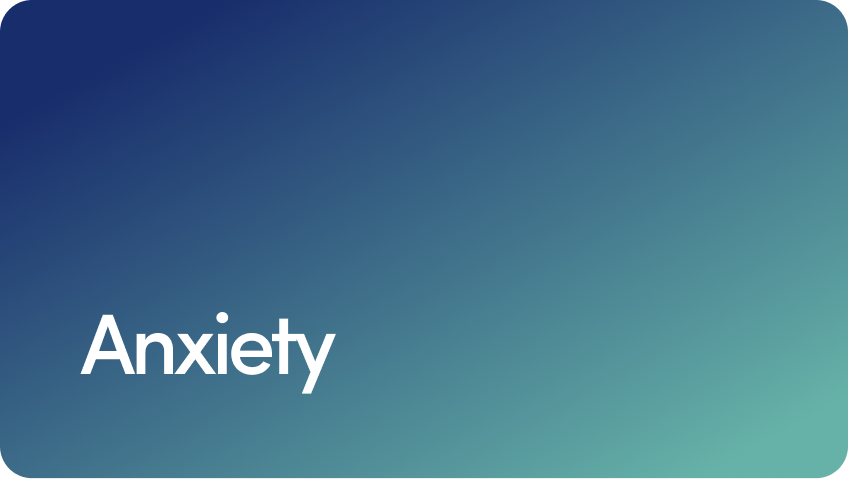 Anxiety
Anxiety
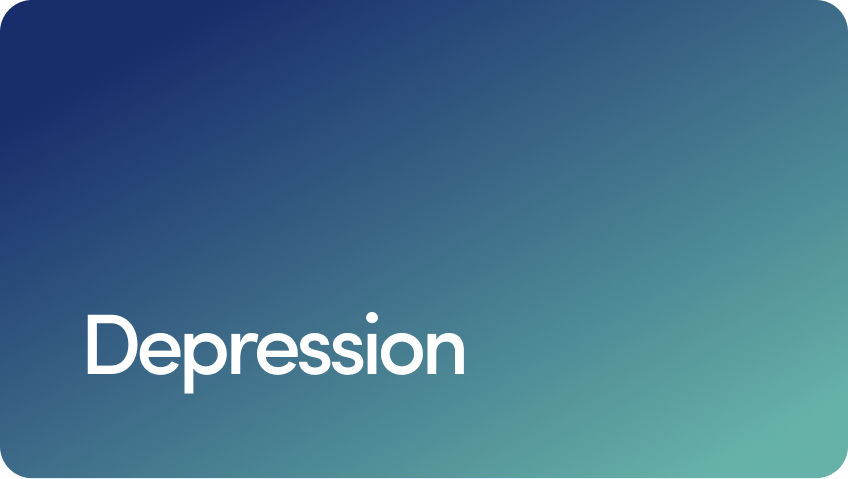 Depression
Depression
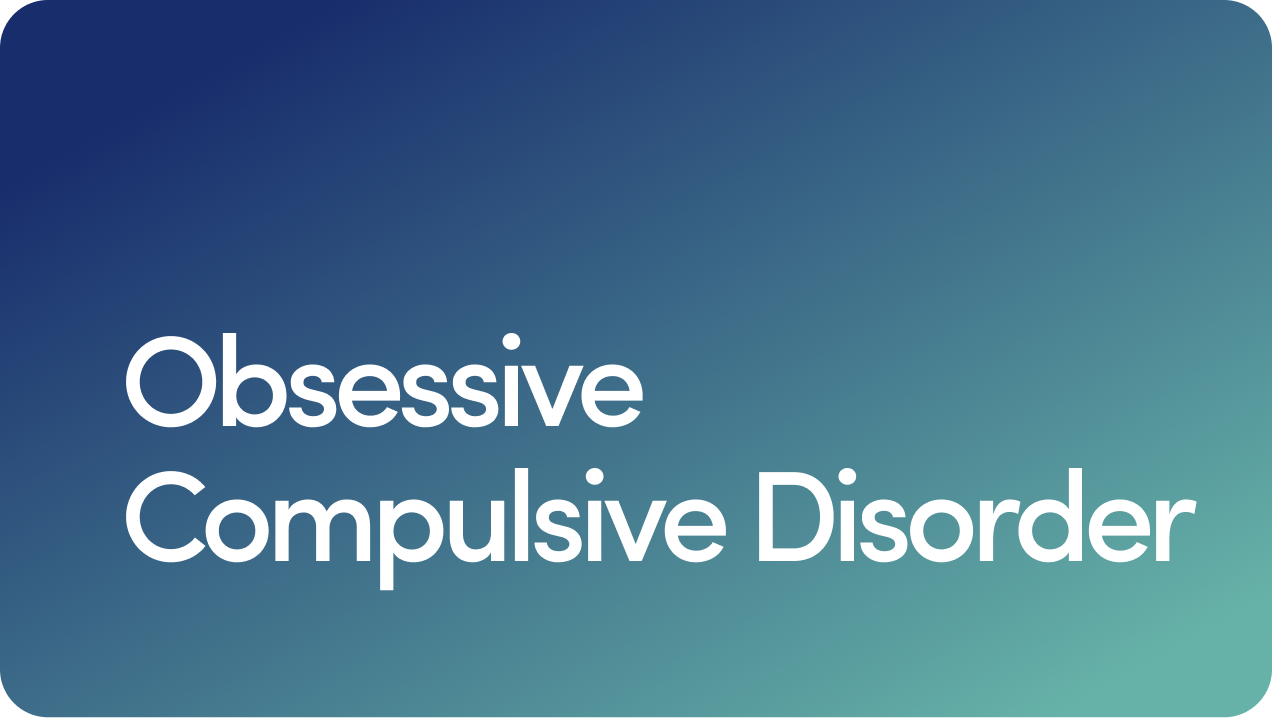 OCD
OCD
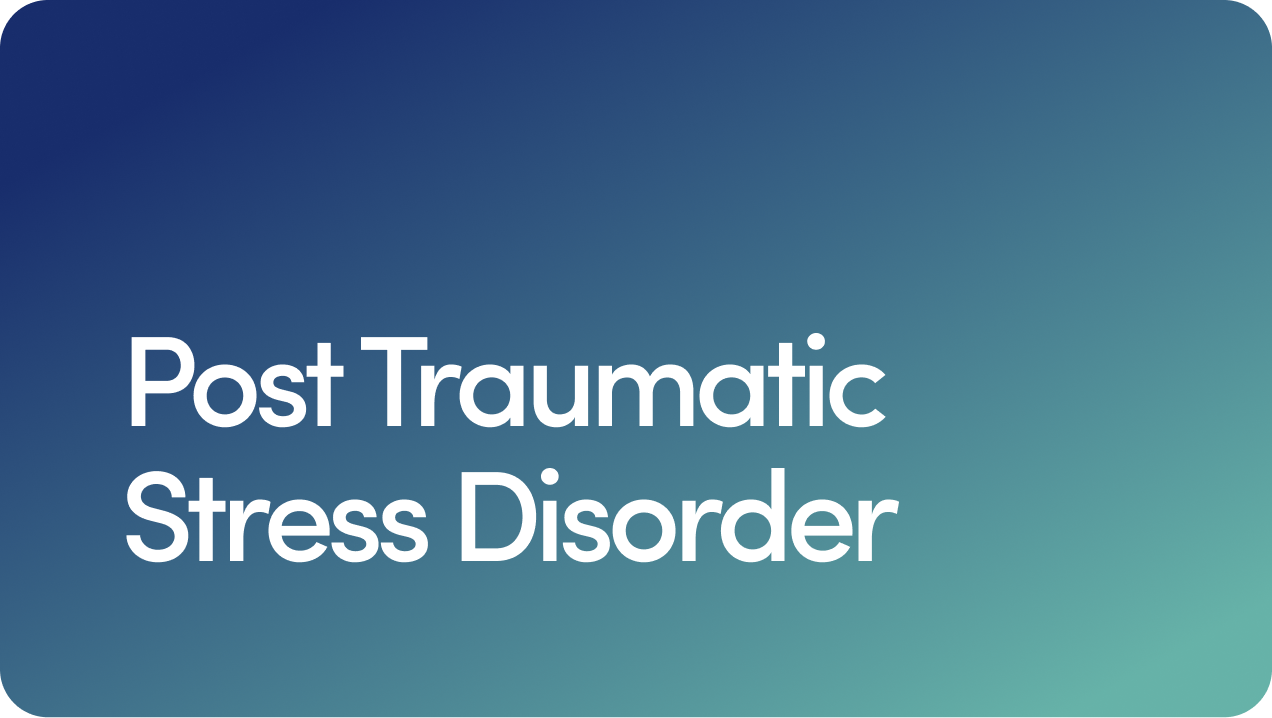 PTSD
PTSD
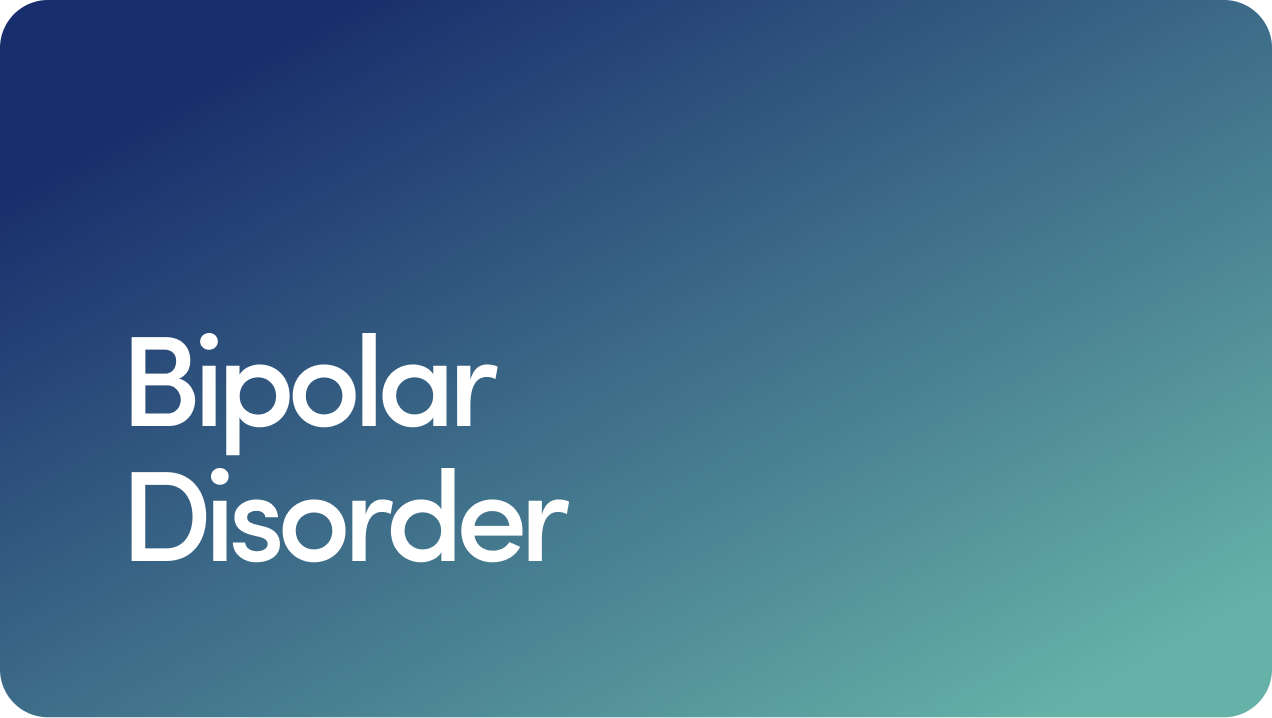 Bipolar Disorder
Bipolar Disorder
 Premenstrual Dysphoric Disorder
Premenstrual Dysphoric Disorder